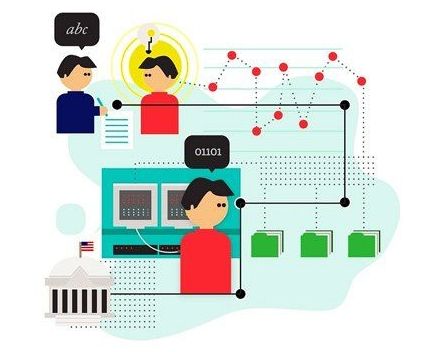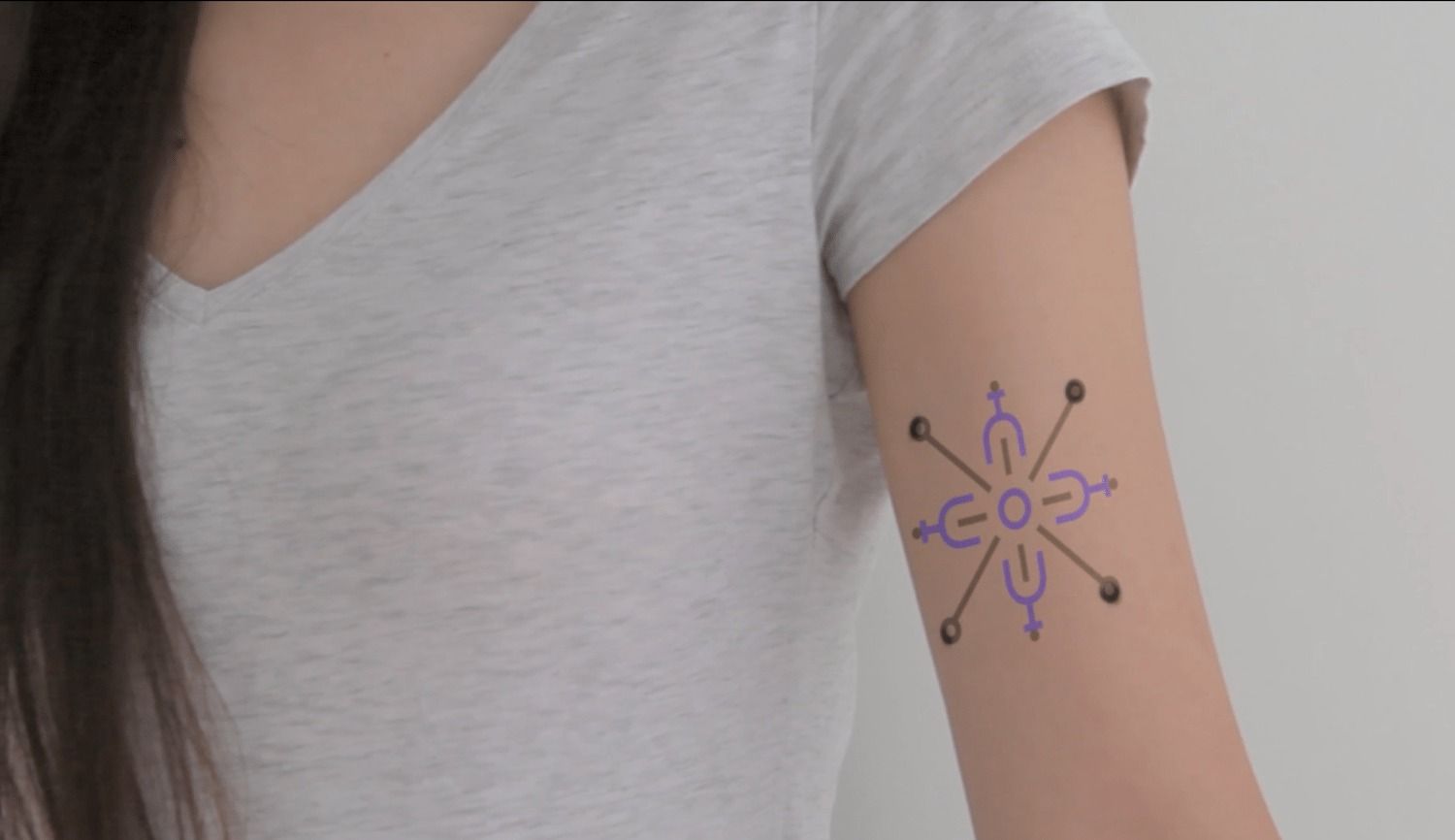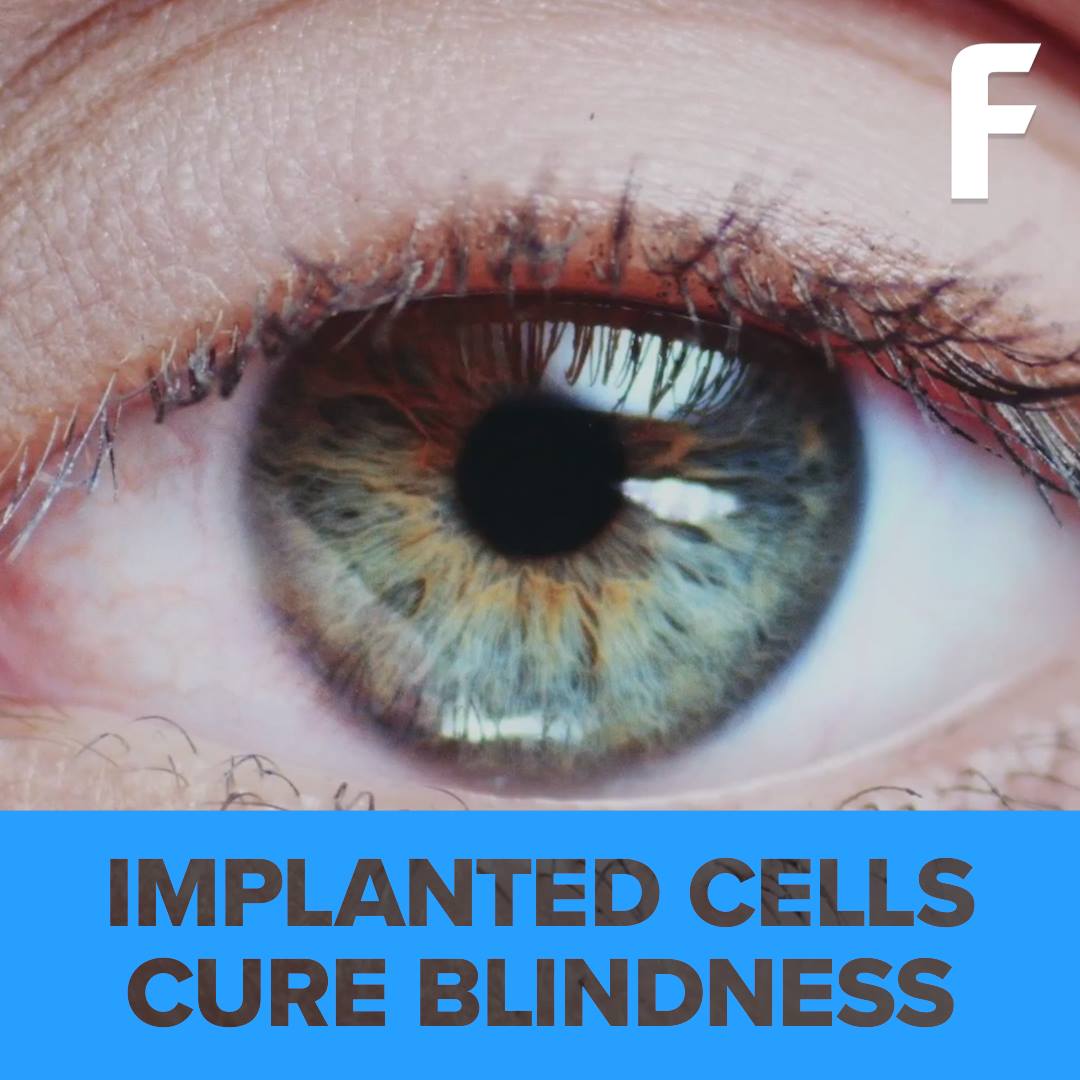Shimon—a four-armed marimba playing robot—has been around for years, but its developers at Georgia Tech have recently taken this futuristic musical machine to the next level. Using deep learning, the robot can now study large datasets from well-known musicians, and then produce and perform its own original compositions.
Shimon was originally developed by Gil Weinberg, director of Georgia Tech’s Center for Music Technology. Under its original programming, the robot was capable of improvising music as it played alongside human performers, using an “interestingness” algorithm to make sure it wasn’t just copying its bandmates. But now, thanks to the efforts of Ph.D. student Mason Bretan, Shimon has become an accomplished composer, capable of autonomously generating the melodic and harmonic structure of a song. And you know what? Shimon’s songs are actually quite good!






